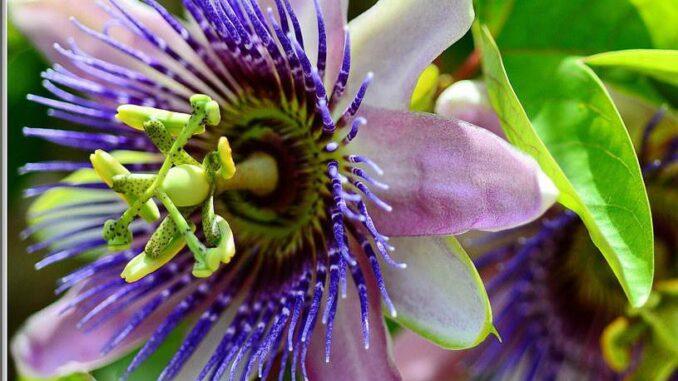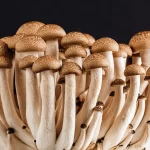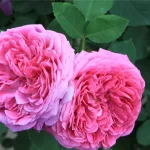
Last Updated on by Sabina
What is Passion Flowers?
Passion flowers scientifically known as Passiflora, are a captivating group of flowering plants that belong to the Passifloraceae family.People know these unique and exotic flowers for their intricate structures, vibrant colors, and symbolic significance. Passion flowers encompass a wide range of species, with each exhibiting its own distinct characteristics and attributes.

Striking Appearance
The extraordinary beauty and intricate floral structures of passion flowers have earned them renown. The blooms typically consist of a corolla with five petals, five sepals, and a prominent central structure known as the “corona.” The corona often takes the form of colorful, fringed filaments or a crown-like structure, adding to the visual appeal of the flower. The petals and sepals can display a variety of colors, including shades of purple, blue, pink, red, white, and yellow.
Symbolic Significance
Passion flowers hold symbolic significance in various cultures and traditions. The name “Passion” refers to the flower’s association with the Passion of Christ, representing the crucifixion and the sufferings endured. People have interpreted the unique floral structure of the passion flower to represent different aspects of the crucifixion story, such as the crown of thorns, the nails, and the wounds. As a result, passion flowers find frequent usage in religious ceremonies, art, and symbolism.
Medicinal and Therapeutic Uses
In traditional herbal medicine, people have used several species of passion flowers for their medicinal properties. People believe that these flowers possess various therapeutic benefits, including calming effects, anxiety relief, and aid in promoting sleep. People sometimes utilize passion flower extracts or teas as natural remedies to promote relaxation, reduce stress, and support overall well-being.However, it is important to consult with a healthcare professional before using passion flower for medicinal purposes.
Ecological Importance
Passion flowers play a vital role in supporting diverse ecosystems. They serve as a host plant for numerous species of butterflies, including the iconic and colorful Heliconius butterflies. Passion flower vines provide shelter, food, and breeding grounds for these butterflies and other insects. Additionally, the nectar-rich flowers attract pollinators, such as bees and hummingbirds, contributing to pollination and the overall health of the ecosystem.
Cultivation and Ornamental Value
People cultivate them as ornamental plants in gardens and landscapes due to their unique and eye-catching features. Depending on the species, people can grow them as climbing vines or compact shrubs. Passion flowers generally prefer warm, tropical or subtropical climates, but certain species can thrive in cooler regions as well. They require well-drained soil, regular watering, and ample sunlight to flourish. With their stunning blooms and intriguing symbolism, they make a captivating addition to any garden.
When do passion flowers bloom?
They typically bloom during the warm seasons, particularly in late spring to early summer. The exact timing of blooming can vary depending on the specific species and the climate in which they are grown.
In regions with milder winters, they may start blooming as early as late spring. In cooler climates, the blooming period may begin in early summer and continue into the fall. It’s important to note that certain species of passion flowers may have slightly different blooming times and durations.

